Our final approach up the flooded river valley was a little nerve wracking because, with no wind and in pouring rain, the engine decided that it really had had enough and died repeatedly. Fortunately it was always coaxed back into life and we moored up without mishap.
Shelburne is a pretty and historic port with a rich and diverse heritage being both a major settlement of the black community who escaped slavery in the south....
...and a Loyalist strong hold during the American war of independence....
My first duty on arrival was to report to the customs and immigration authorities. This was done by phone and fortunately the yacht club/marina provided a payphone on its veranda from which I could make the free call.
After a 10 minute wait I spoke to an officer who asked all the usual questions about where we were from, last port, next port what were our plans, passport numbers drugs, guns, money etc. Then a wait for another 10 minutes while he processed all the information and then, "welcome to Canada, enjoy your visit and safe sailing". And that was it. No need to wait for a face to face visit which I had heard that others had to go through. Perhaps Brits get treated more leniently?
A snooze followed and then a late breakfast and then we signed in at the marina and went exploring.
First and major point of interest was the Dory Shop and Museum. It was 3pm and it closed at 4, so in we went and it really was a sight and experience to behold. We were given a tour by a very knowledgeable guide who took us through the history of the humble Dory and this last remaining fully kitted out 'factory' (my term) in Nova Scotia.
It's particularly intriguing because of the life of one man, Sidney Mahaney who started work there building Dorys at the age of 17 in 1914 and carried on doing so until the age of 96!
I used the word factory because the shop operated a production line system with different sections of the dory made at dedicated work stations (by hand) until the final one, where all the sections were assembled together. So much for Henry Ford!
The Dory is of very simple construction and was built in huge numbers around the turn of the 19th/20th centuries.
With a flat bottom curved up slightly fore and aft and cut frames onto which clincker (overlapping) planks are clenched longitudinally it was the perfect mass production boat.
It became the work horse of the Grand Banks fishing industry quite by chance. Originally, they were THE vessels used by the inshore fishing industry. In the early years of the off-shore industry, the rich cod stocks off the coasts off Nova Scotia and New Foundland were fished from the decks of the Grand Banks Schooners by fishermen trolling long lines over the side.
Then someone noticed how stackable the Dory was (with its flat bottom and removeable thwarts (seats)). "Why not take a load out on the schooner, then we can launch each of them with a two man crew who can then lay multiple long lines. We'll catch loads more cod more quickly that way".
It worked perfectly and before long every Grand Banks Schooner operated that way and the production of Dorys rocketed to keep up with demand.
The multiple two man crews would be launched from the schooner at dawn after a hearty breakfast, and row off to lay their first long line of hooks. Then they'd return for lunch, collect another long line kit, and go off again and lay that. Then they'd return to the first one hoist in their catch then hoist the second catch before returning to the schooner, hopefully before dark to off-load their catch onto the mother ship where it would be gutted, salted and packed into the hold.
It was exhausting and dangerous work and hundreds were lost at sea over the years..
We enjoyed our short stay in Shelburne immensely and were treated so well by the friendly locals. In addition to our visit to the Dory Shop Museum....
I fixed the engine (I think 🤞) - just by tightening up a few hose clamps and bleeding the fuel line.
We made new friends - Michi and Steffi on board Ti'Ama a Boreal 47, an aluminium go anywhere expedition boat. Vince had asked me what my ideal boat was and the next morning it was parked in front of us!
Vince and I went Kayaking in jellyfish infested waters..
We left Shelburne on the afternoon of the 17th for an overnight sail to Lunenberg, another historic port and home of the famous Bluenose.
We arrived at 1030 on the 18th June and picked up a mooring opposite the historic port...
Our timing was perfect - Bluenose was to start her summer cruise of Nova Scotia the following day and so we had time to visit the famous ship.
Later we found a BBQ restaurant - Vincent's favourite eatery and had an excellent bbq supper.
The following day we visited the Fisheries Museum and most impressive it was too..
After the museum we visited the local craft distillery and came away with a few samples!
Then we met up with new OCC friends Fred and Ouna who live just outside Lunenberg and are preparing their boat for a major cruise to the Carribbean, the Azores and Europe. We spent a thoroughly enjoyable few hours with this immensely friendly, interesting and helpful couple. I very much hope we'll meet them again when they get to Europe and the UK.
Today (Thursday) we're sailing to Halifax in the sunshine but in a chilly wind. I can't quite believe the forecast of 29° for Halifax!
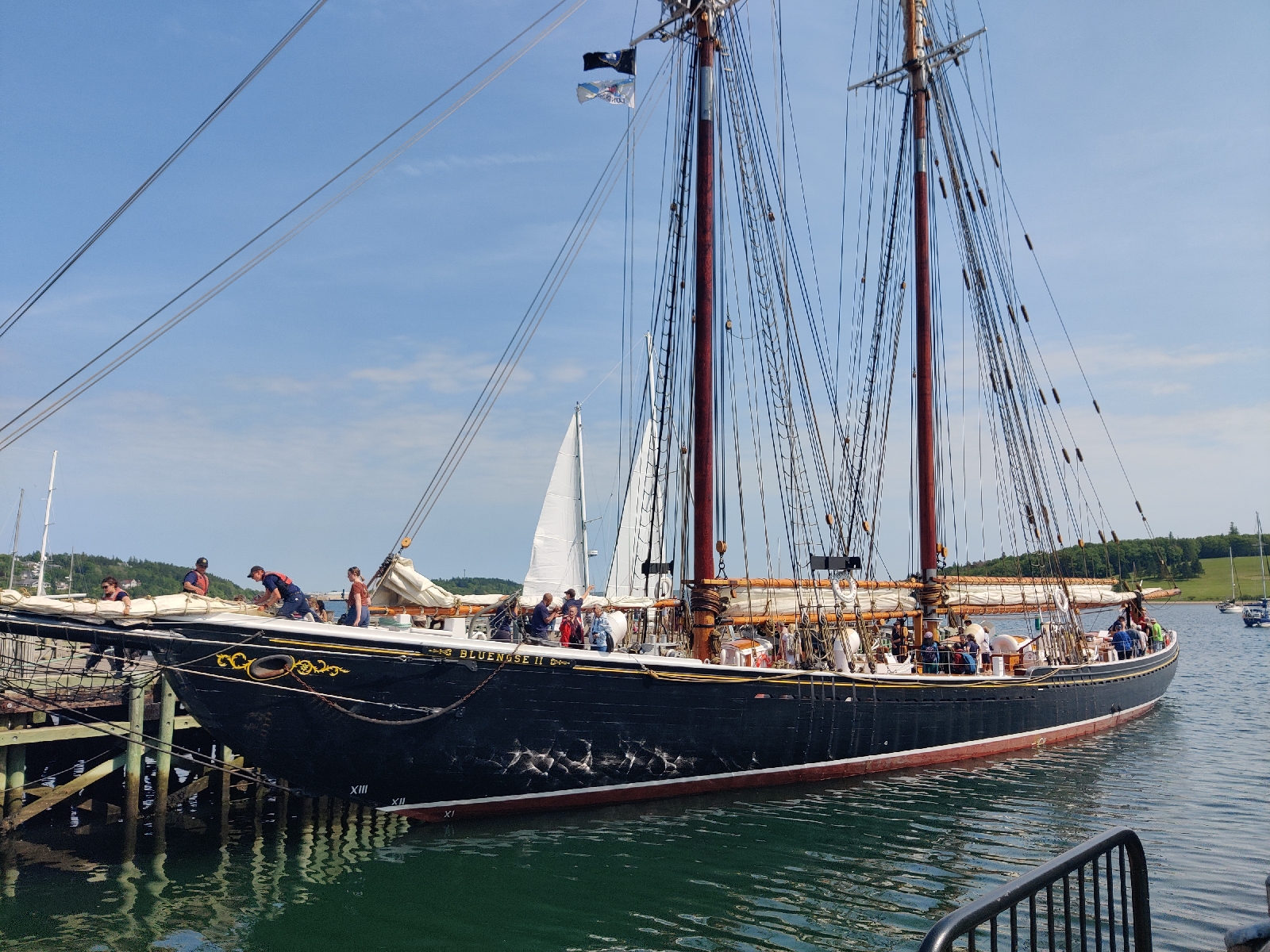

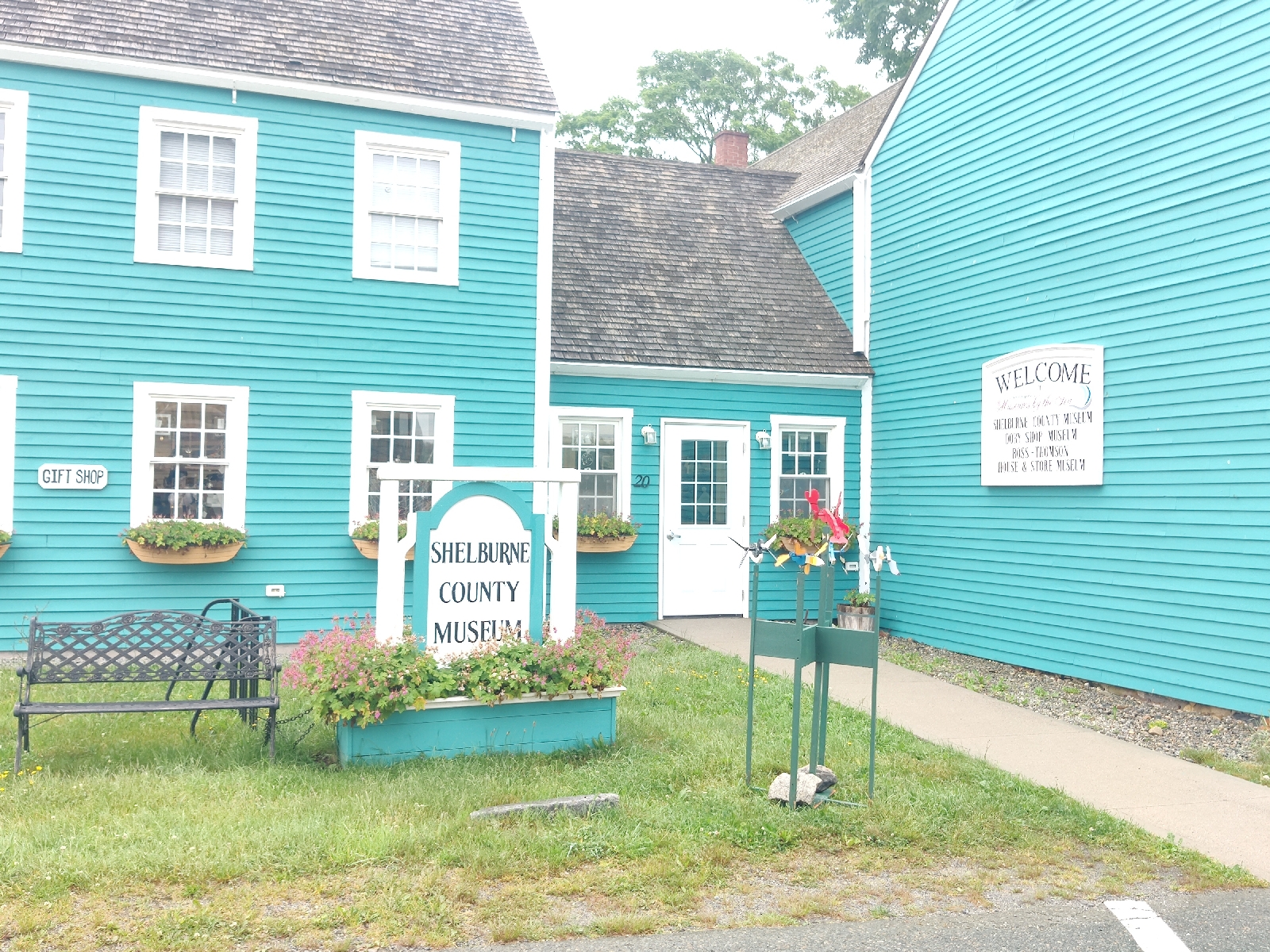













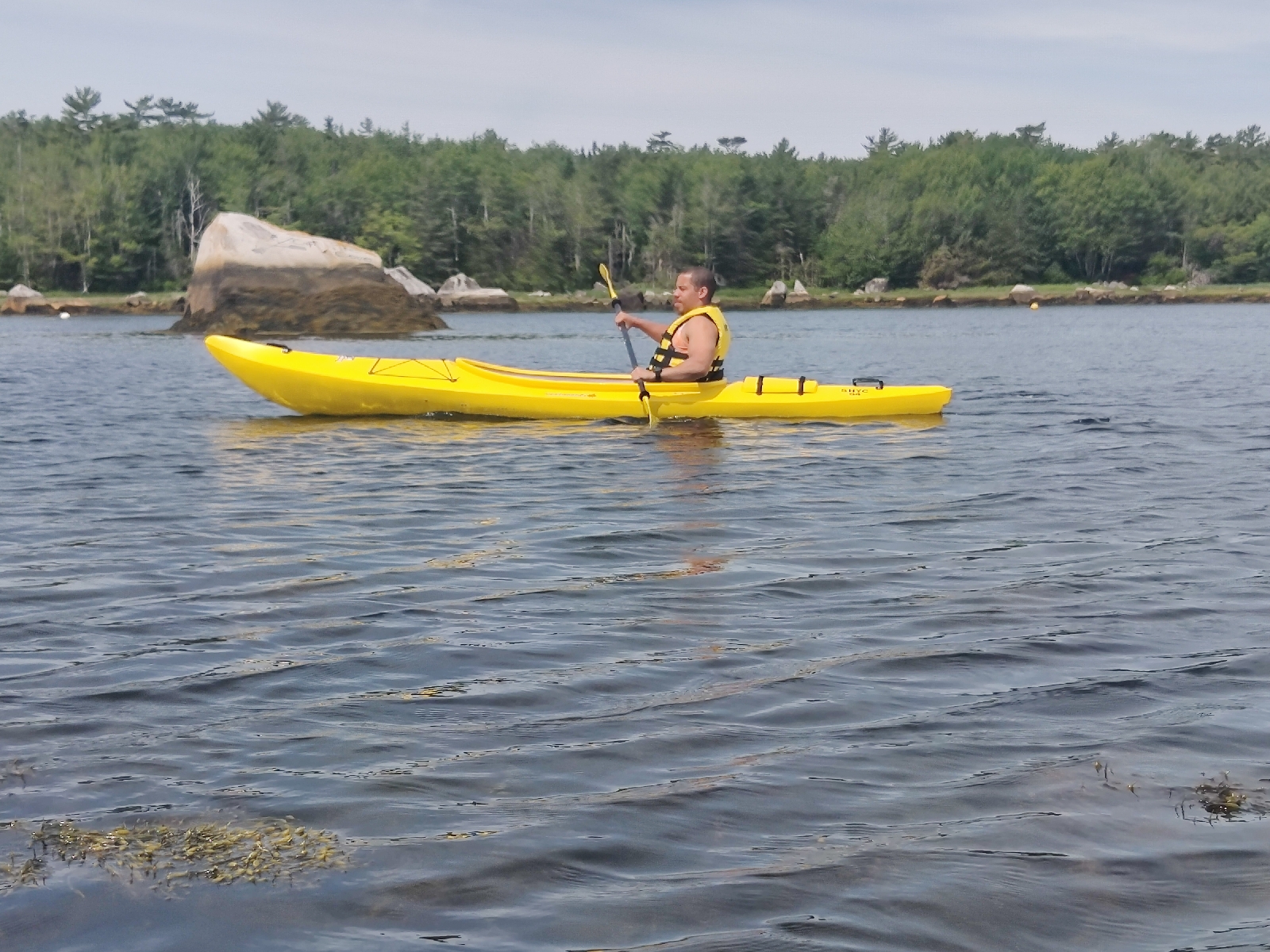

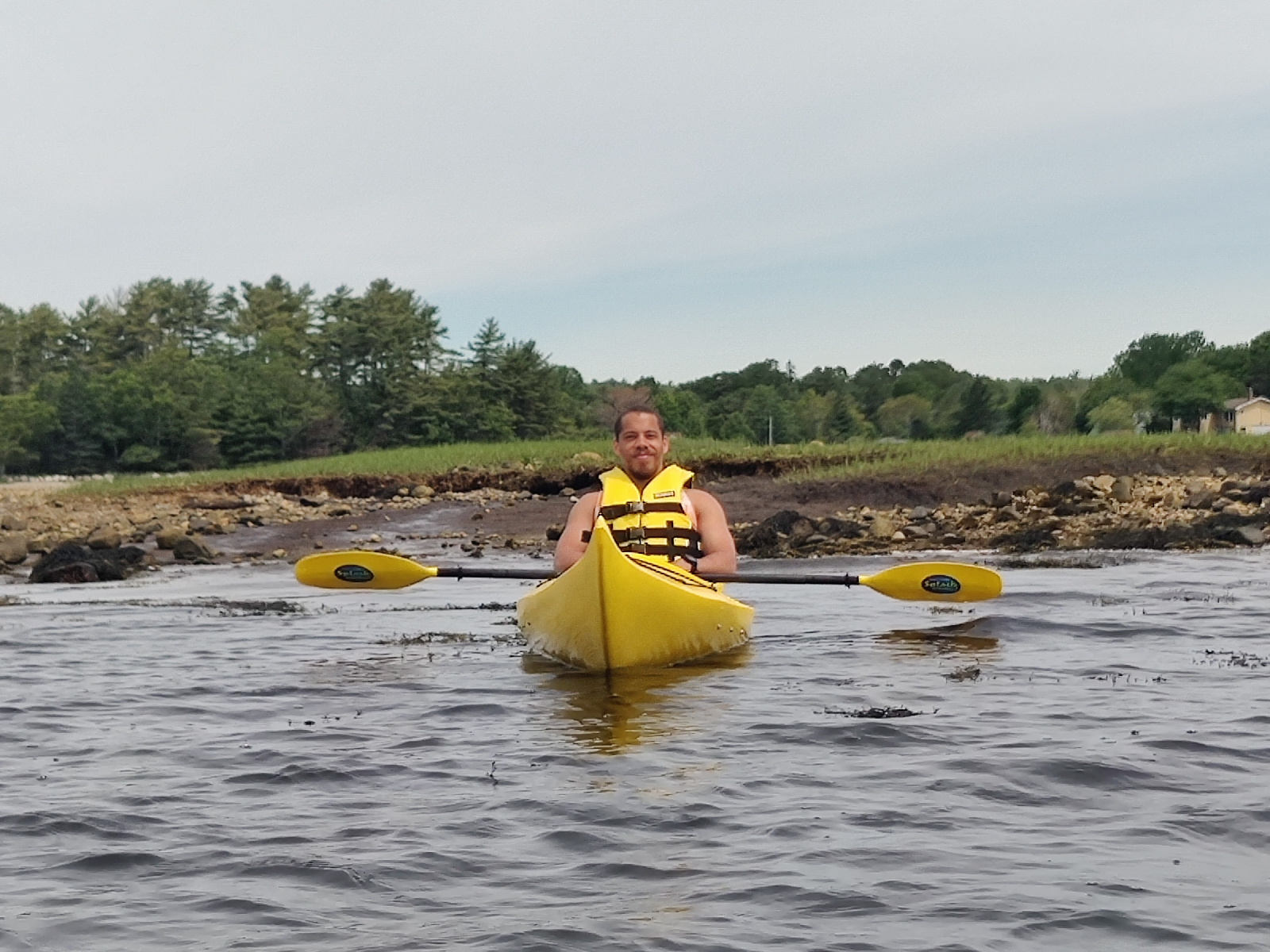








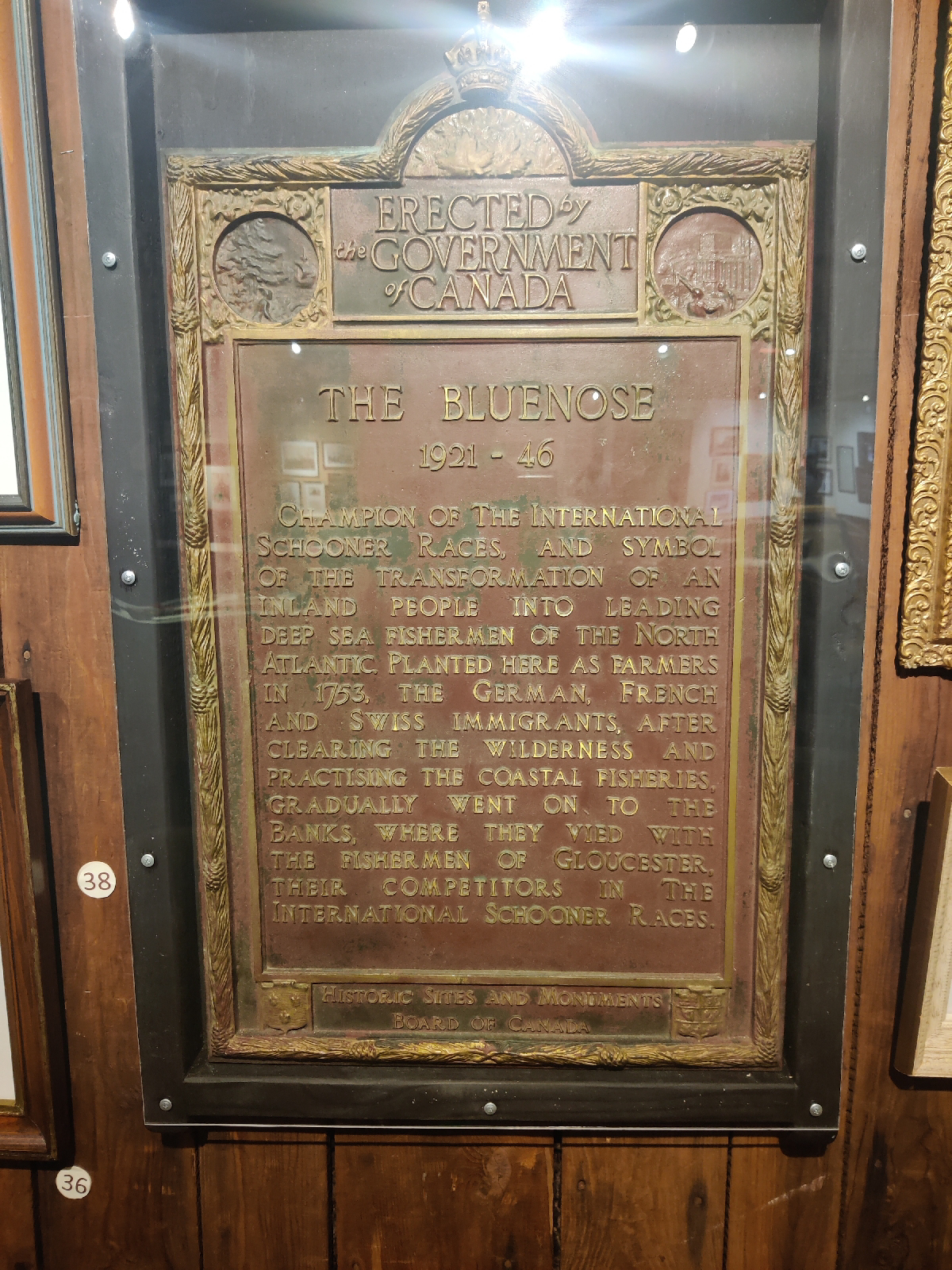
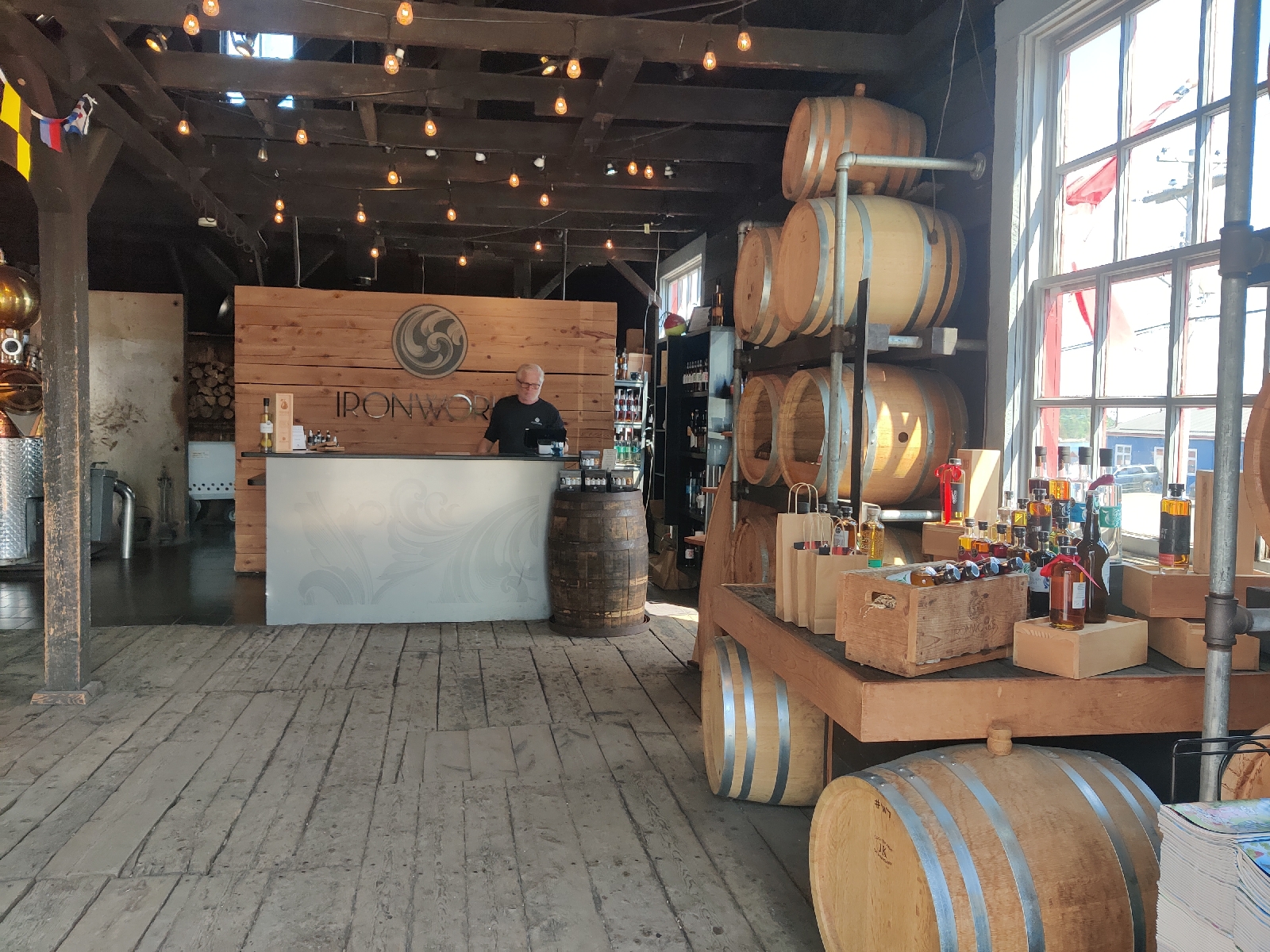




Sounds like a couple of good harbours. There's a book by Rudyard Kipling called Captains Courageous set in the Grand Banks cod fishing. Rattling good yarn if I remember right.
ReplyDeleteI've heard the Banks are all fished out now? French and Portuguese fishing boats used to sail over there as well hence that salt cod we "enjoyed" so much in Leixoes ( sp ?)
Thanks Tony - only just noticed this but will follow up re RK novel. Yes the Cod Fishery is closed! I think your spelling is correct?
ReplyDelete